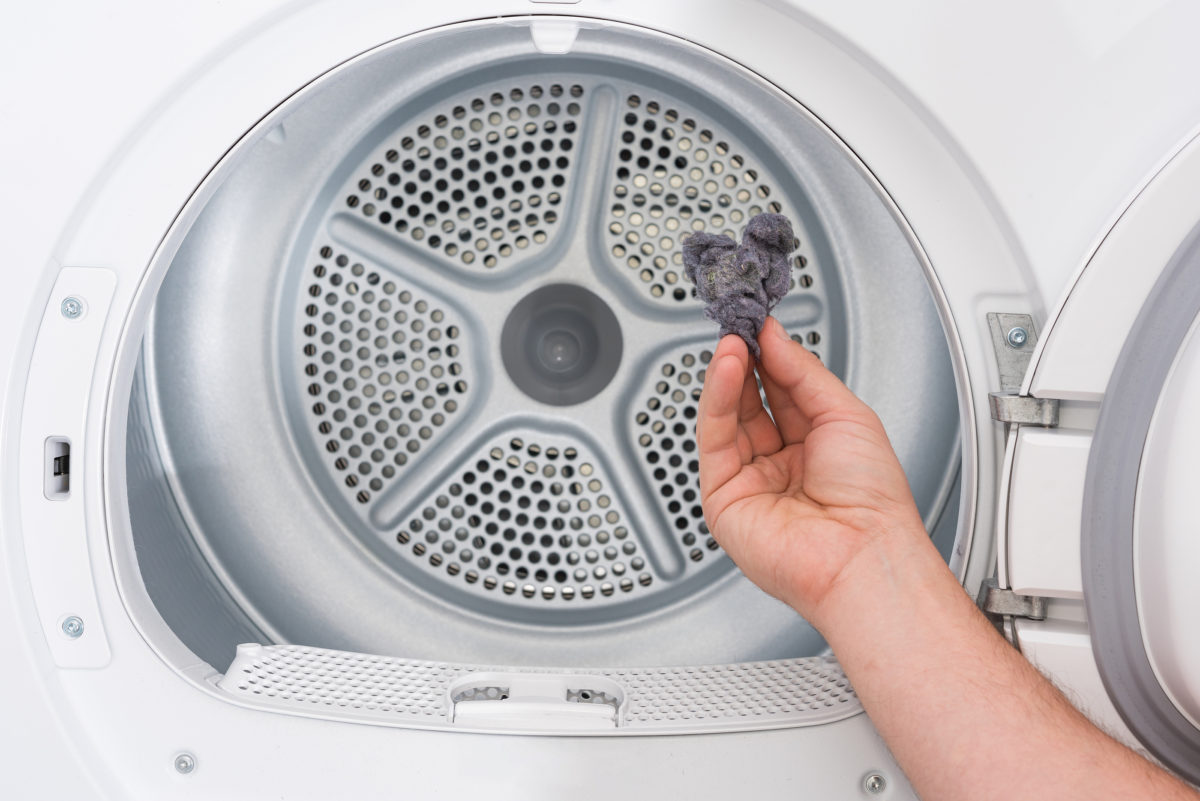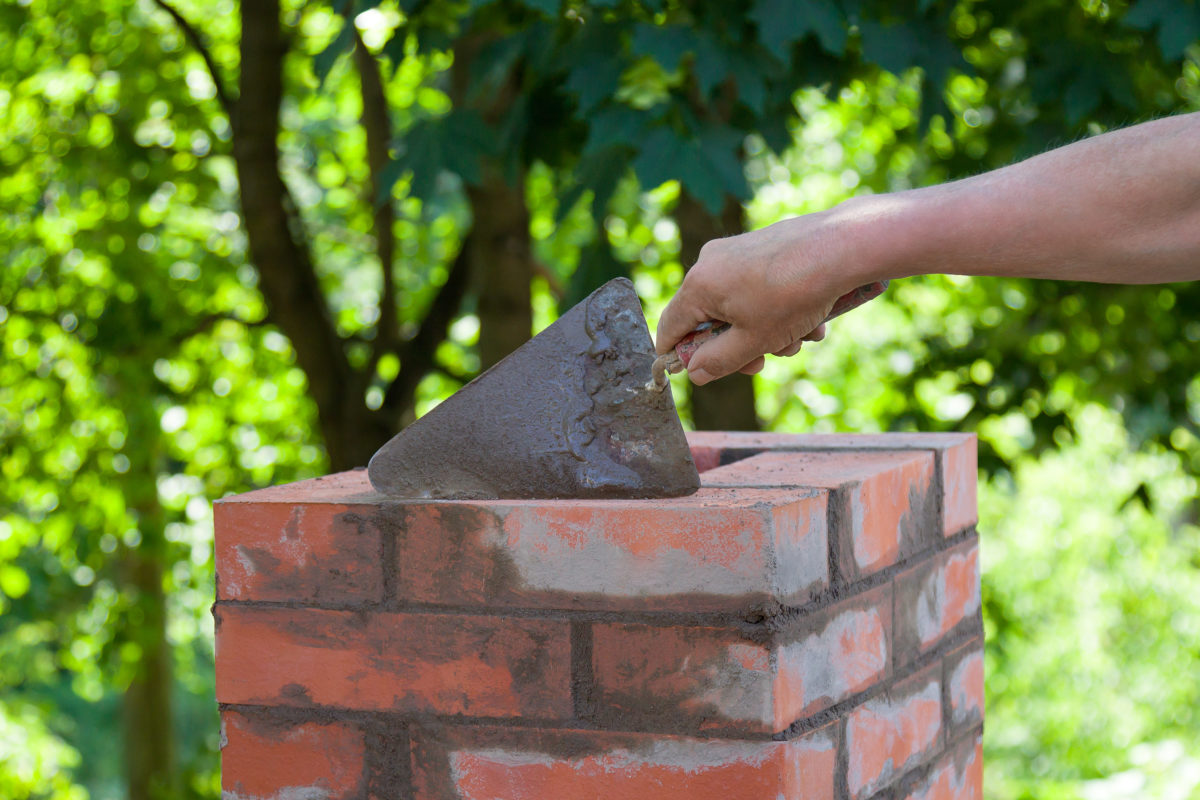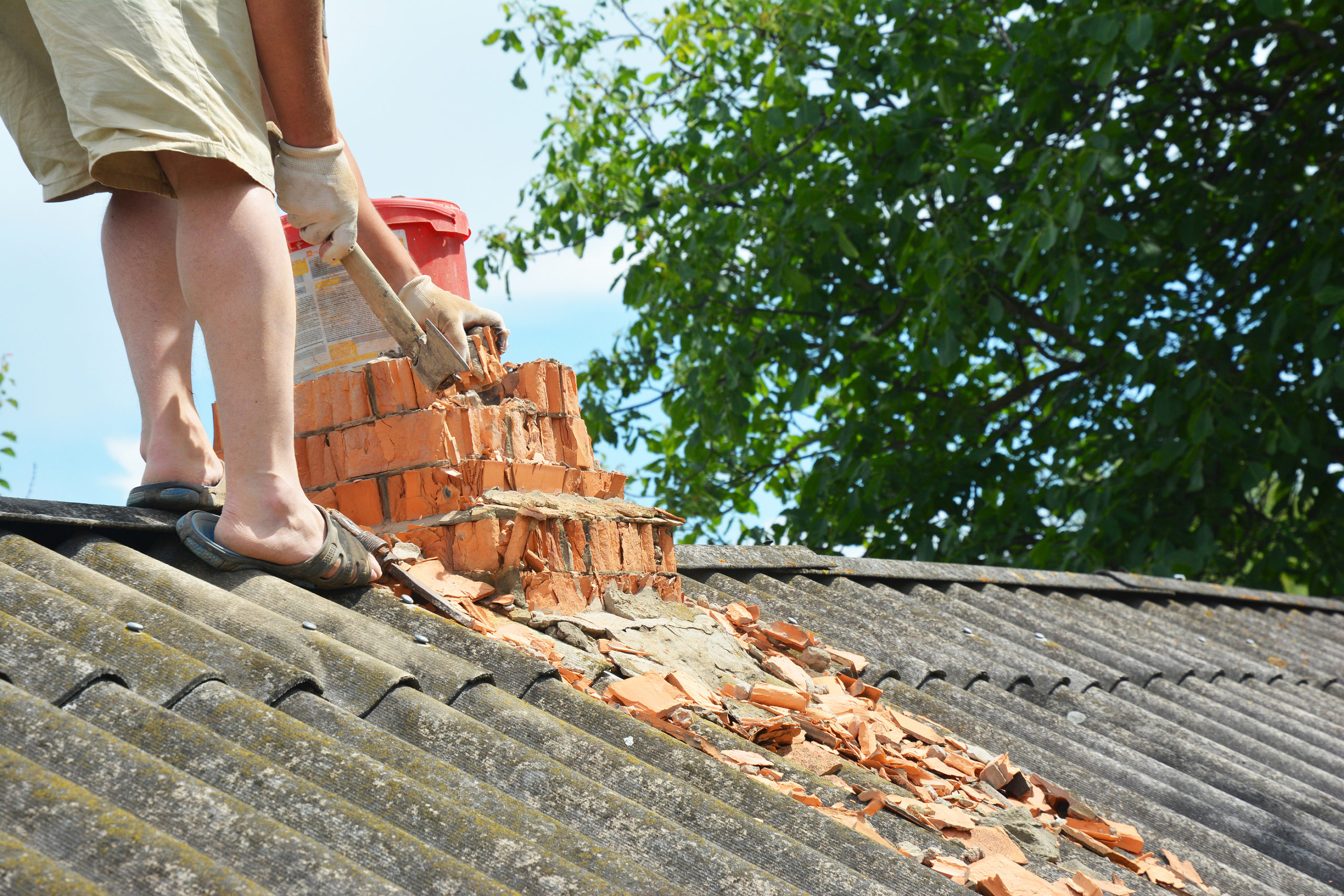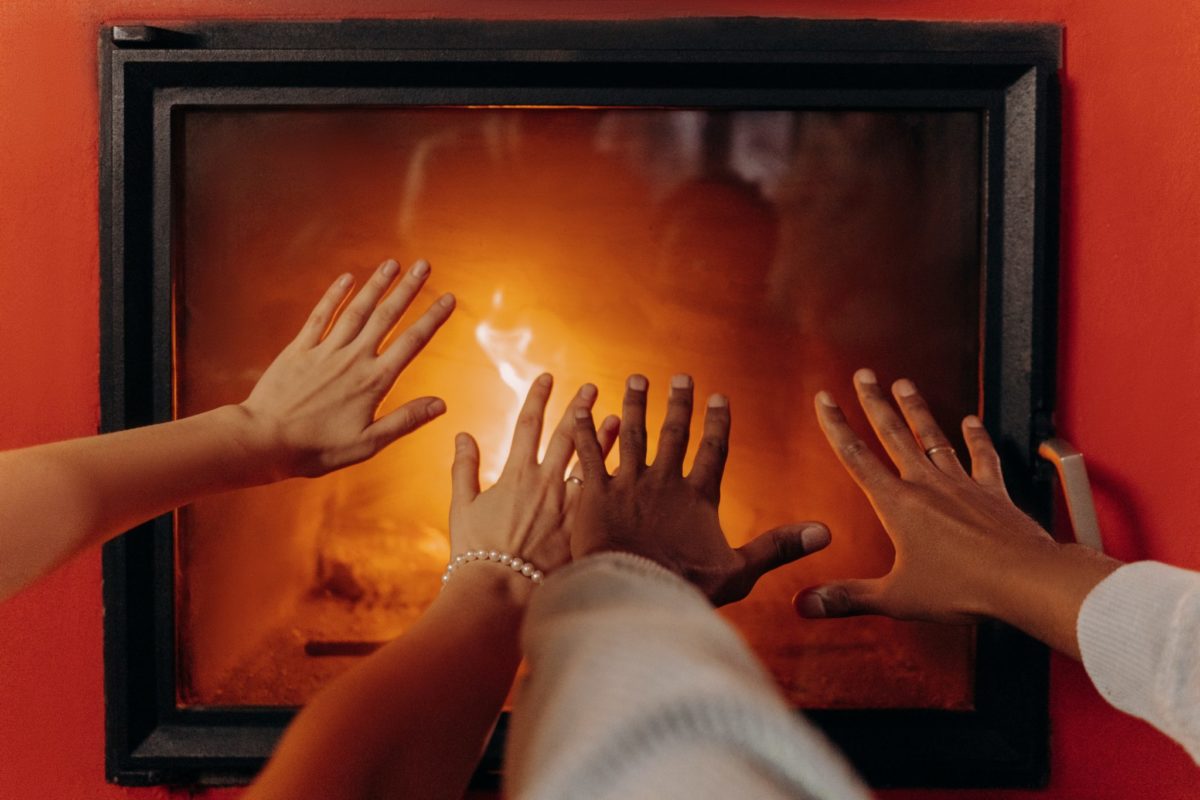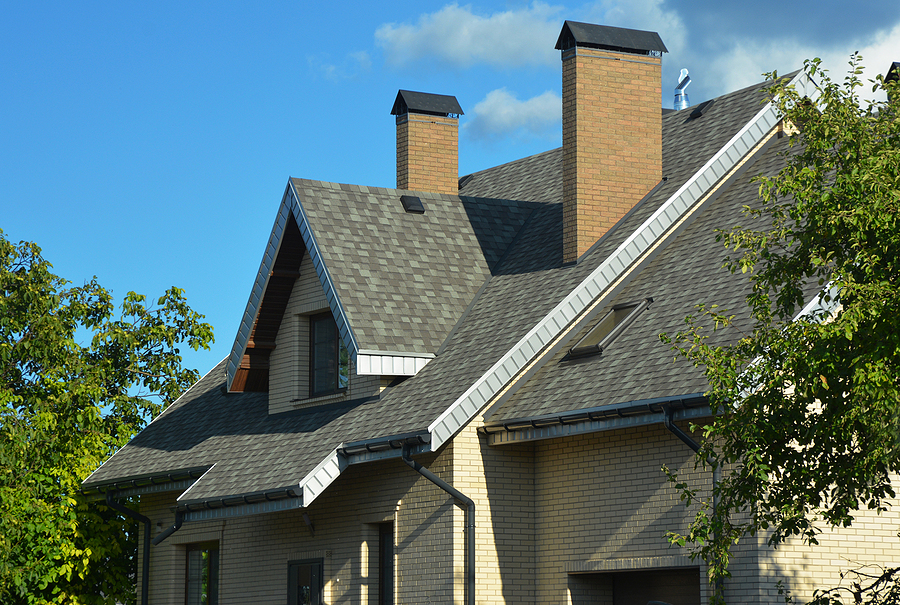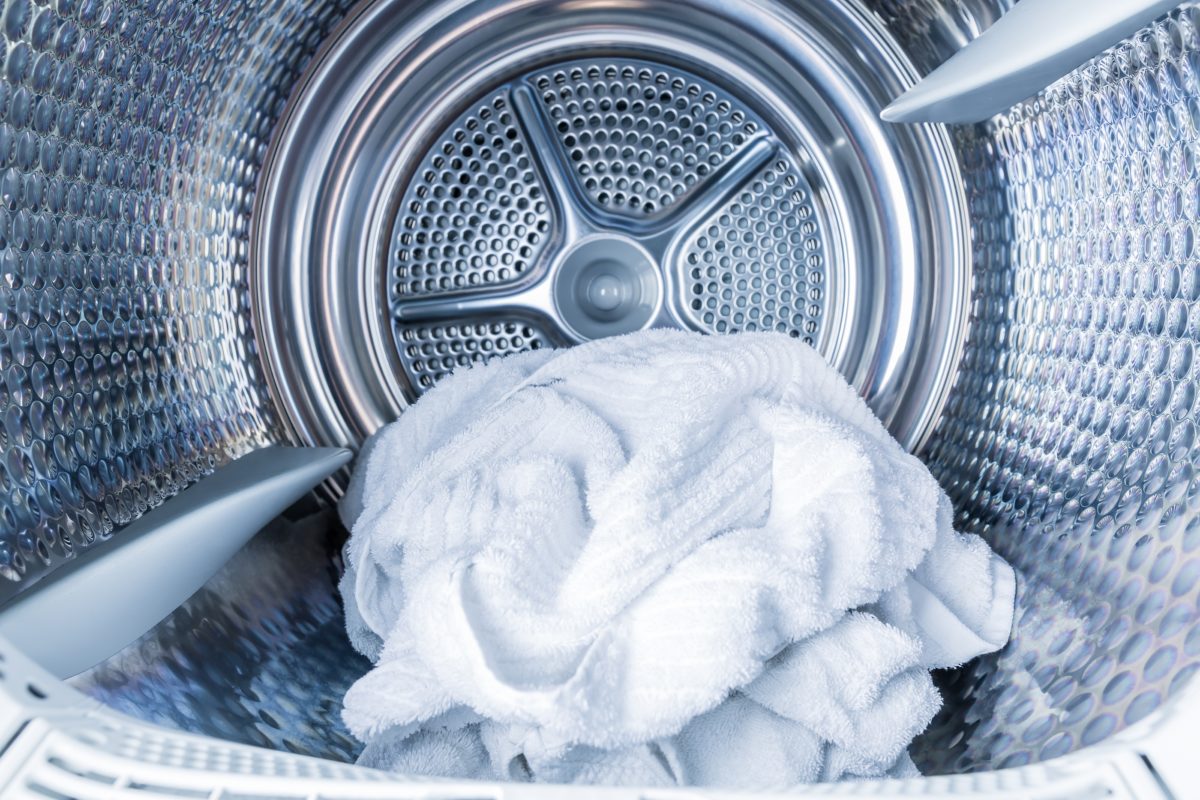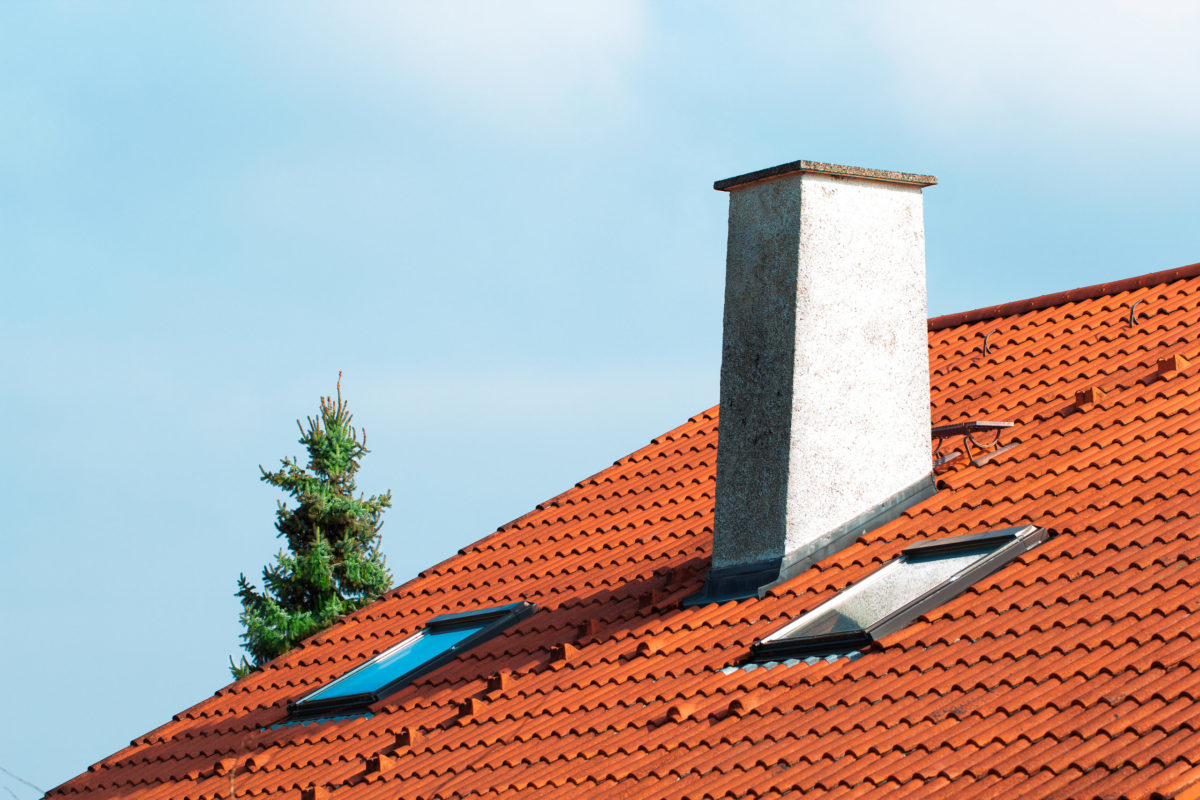Think your energy bill is high enough as it is? Your indoor dryer vents could be increasing your bills without you even realizing it. Materials like lint, hair, and debris clog your dryer ducts and strain the appliance, making it work much harder than it needs to. Not only is this bad for your energy bill, but it’s also a fire hazard!
Here’s how to tell if your indoor dryer vents are increasing your energy bill – and what to do about it!
Is My Indoor Dryer Vent Wasting Energy?
Is it Clogged with Debris?
It’s amazing what ends up getting down those indoor dryer vents. Anything from loose change, bobby pins, safety pins, credit cards, lint, pet hair, human hair, tissues forgotten in pockets… The list goes on and on. When your indoor dryer vent is clogged with debris, it puts a strain on the appliance and makes it work much harder than it needs to. It also causes unnecessary wear and tear, which can lead to costly repairs down the line.
Does it Have Long or Winding Ducting?
Anything that gets stuck and clogs up the indoor dryer vents makes it work harder and use more energy. If you have long or winding ducting, it’s even more important to keep an eye on clogs. That’s because the longer the duct, the greater the chance that something will get stuck and cause a blockage. Whether it’s short ducting just through to the outside wall, long from upstairs, in apartment blocks, or with elbows in the ducting to go around corners – all of these impact the ability of the dryer to function properly.
Is Your Dryer Not Doing its Job?
One symptom of a dryer vent that’s wasting energy is clothes that come out hot or damp after a cycle. If your clothes are taking longer to dry than they used to, or if they’re coming out damp or smelling burnt, it’s a sign that your dryer is working harder than it needs to – and wasting energy in the process.
Have You Noticed a Musty Odor?
A musty smell coming from your dryer is another sign that it’s not venting properly. When indoor dryer vents aren’t working correctly, moisture can build up and cause mold or mildew to grow. This is both hazardous to your health and damaging to your clothes.
Is the Laundry Room Hot and Steamy?
If your laundry room feels hotter and more humid than usual, that’s another sign that your indoor dryer vent isn’t working properly. All of that hot air has to go somewhere! When vents are blocked, heat and moisture can build up in the laundry room.
Has it Been a Year Since Your Last Cleaning?
Even if you can’t see or smell any problems, it’s a good idea to have your indoor dryer vents cleaned at least once a year. Over time, lint and other debris build up no matter how careful you are. A professional cleaning will remove all of the hidden buildup and help your dryer run more efficiently.
Why Does Dryer Efficiency Matter?
Wasting energy not only drives up your energy bills, but it’s also bad for the environment. Indoor dryer vents that aren’t functioning properly can waste a lot of energy, which is why it’s important to keep an eye on them. Not only will you save money, but you’ll be doing your part to protect the planet. You’ll also enjoy:
- Decreased risk of fire: Indoor dryer vents that are clogged with lint and debris are fire hazards. By keeping your vents clean, you’ll decrease the risk of a fire starting in your home.
- Improved appliance lifespan: When your indoor dryer vent is functioning properly, it puts less strain on the appliance. This means it will last longer before needing to be replaced.
- Improved air quality in the home: The air inside your dryer is a major source of harmful air pollutants and allergens. A clean vent will improve the air quality in your home and discourage mold growth, making it a healthier place to live.
- Better appliance functionality: When your indoor dryer vent is clean, it will work more efficiently and effectively. Your clothes will dry faster, and you won’t have to run the appliance as often!
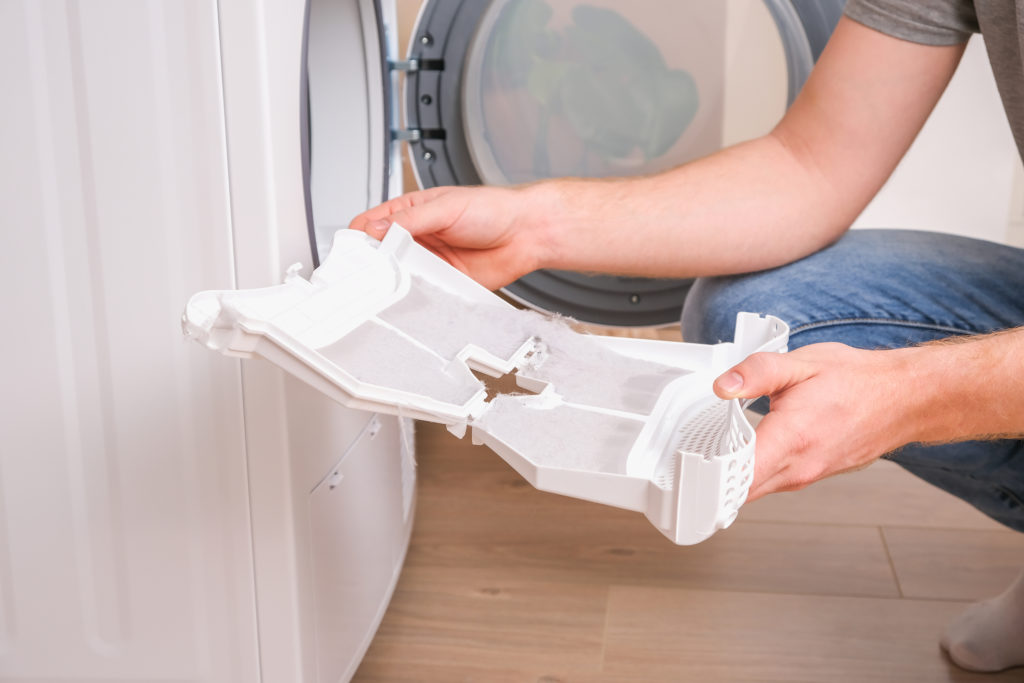
How to Maximize Indoor Dryer Vents for Energy Efficiency
If you’re worried that your indoor dryer vent is wasting energy, there are some things you can do to help fix the problem.
Don’t Let Lint Build Up
One of the best ways to prevent indoor dryer vent problems is to make sure lint doesn’t have a chance to build up in the first place. After each load of laundry, take a few minutes to clean out the lint trap. This will help reduce the amount of lint that gets down into the ducts and clogs them up.
Check for Clogs Regularly
Even if you’re diligent about cleaning the lint trap, it’s still a good idea to check for clogs on a regular basis. Once a month or so, disconnect the indoor dryer vent from the appliance and use a vacuum with a long attachment to clean out any lint or debris that may have gotten past the trap.
Opt for Professional Cleanings
If you really want to maximize the energy efficiency of your indoor dryer vents, you can opt for professional cleanings. This is especially a good idea if you have long or complex ducting that’s difficult to clean on your own. A professional will be able to reach all the nooks and crannies and remove any build-up, so your dryer can run at peak efficiency.
![]()
By following these tips, you can help ensure that your indoor dryer vent is running as efficiently as possible – and saving you money on your energy bill in the process!
The seasons are changing, the cold, wet weather is almost upon us. Now is the time to be proactive with getting the dryer vent cleaned out and, if necessary, the dryer serviced.
The Irish Sweep specialists can get deep into your vent system where most household cleaning methods can’t reach, so you can enjoy a safer and more effective system for years to come. Our top priority is safety, and we customize our services with our client’s best interests at heart. To schedule an appointment with an expert, call us at (510)521-4088, or use this simple contact form by clicking here.
Recommended Appliance Repair Services: Todd Anderson, Anderson Service and Appliance

